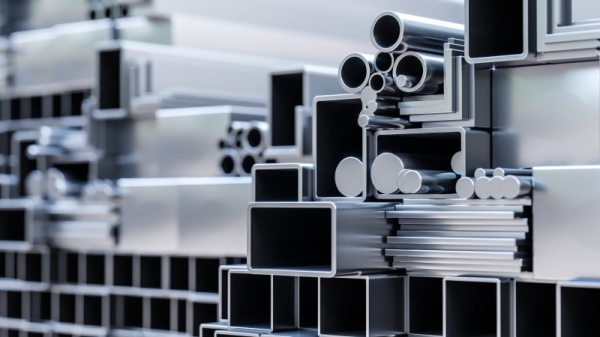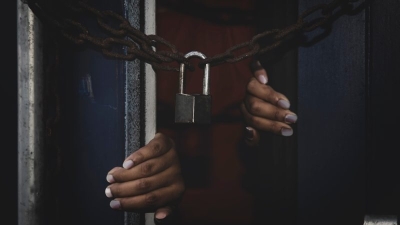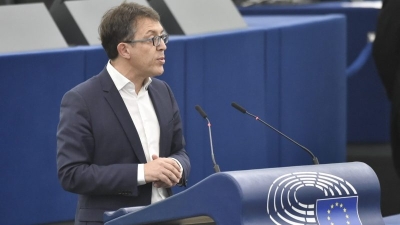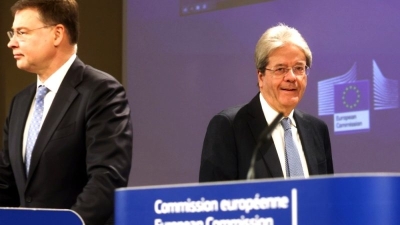Axing aluminium from the Critical Raw Materials list was a mistake

The European Commission’s exclusion of aluminium from the EU’s list of strategic raw materials is unacceptable because of the metal’s importance to key industries of the future, writes Anna-Michelle Asimakopoulou.
Since 2010, the Commission has maintained a Critical Raw Materials list. The idea behind this is to highlight materials that are of key importance to the EU’s economy and its value chains, but which for different reasons, are vulnerable to supply shocks.
Last month, the Commission proposed a Critical Raw Materials Act, which will legislate around this list. This is about moving from identifying problems to solving them. From analysis to action.
As part of this development, the Commission is now looking to distinguish between two categories of materials: Critical Raw Materials and Strategic Raw Materials.
So-called Strategic Raw Materials are those that are vital for key industries of the future and that are essential to our Net-Zero ambitions. This includes solar panels, electric batteries, heat pumps and wind turbines.
Aluminium is a key component for all those industries, as well as for the production of electric vehicles more broadly. To give an example, 85% of the material content of a solar panel is aluminium.
Since the inception of the CRM Act, it has been taken for granted that aluminium would be part of the list, but following a last-minute push by certain members of the College Commission, aluminium was removed. This despite the methodology for selecting those materials remaining unchanged.
The Commission has since sought to argue that because Bauxite – the key raw ingredient for producing aluminium – remains on the list that there is nothing to fear.
This not only disregards the symbolic significance or signalling effects that including aluminium on the list will offer but more pressingly, it ignores the fact that there will be no need for Bauxite if we let our aluminium industry fade away.
Already, between 2008 and 2021, Europe has lost around 30% of its aluminium production capacities. Furthermore, due to the rise in electricity prices following Russia’s invasion of Ukraine, around 50% of the remaining production is now offline.
All this at the same time as global and European demand for aluminium is rising. A last-minute political decision to remove aluminium is unacceptable, and we should ensure that the original and methodology-led arguments that saw aluminium categorised as a strategic raw material prevail.
There are, however, other tools at the Commission’s disposal that can support Europe’s aluminium industry. The most important of these is tackling high electricity prices.
With proposals already announced for the redesign of the EU’s electricity market, it is clear that increasing the deployment of renewables via the use of Power Purchase Agreements (PPAs) is one of the key priorities.
There are already ideas on the table about how we can do this.
Greece has a proposal to allow aggregation models for PPAs – Greenpooling, as it has come to be known, which is specifically designed to help energy-intensive industries reduce the firming and profiling costs associated with renewable energy supply.
It would be a significant tool to help electricity-intensive industries like aluminium and cement. This could happen right now, and the only thing standing in its way is the absence of a green light from DG Competition.
As the European Parliament gets ready to work on the Critical Raw Materials Act, I am optimistic that we can use the opportunity to reinstate aluminium to its rightful place on the Strategic Raw Materials list.
In the meantime, the Commission should correct its oversight by giving its approval to the Greenpool initiative.



